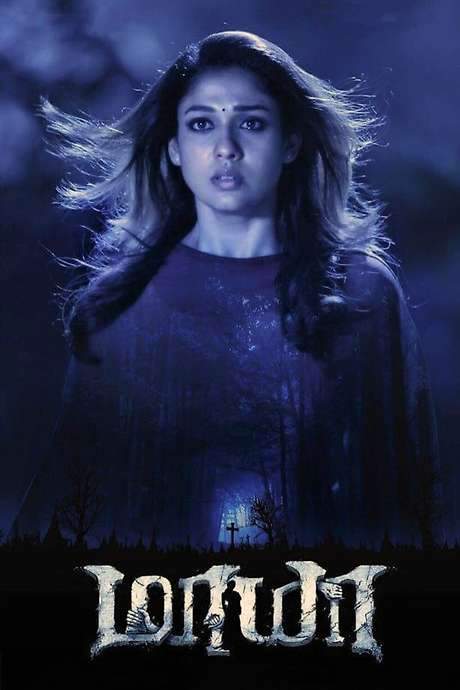
Maya
Year: 2015
Runtime: 141 mins
Language: Tamil
Director: Ashwin Saravanan
An artist working on an illustration series finds himself questioning the reality of the story he's depicting—a haunting tale of a ghost who was once an asylum inmate living deep within a forest. Simultaneously, an actress seeking a breakthrough accepts a daring challenge: to watch a terrifying horror film entirely alone in a movie theater late at night. As both narratives unfold, the question arises: what is the connection between the artist's illustrations and the actress's terrifying ordeal?
Warning: spoilers below!
Haven’t seen Maya yet? This summary contains major spoilers. Bookmark the page, watch the movie, and come back for the full breakdown. If you're ready, scroll on and relive the story!
Timeline & Setting – Maya (2015)
Explore the full timeline and setting of Maya (2015). Follow every major event in chronological order and see how the environment shapes the story, characters, and dramatic tension.
Last Updated: October 04, 2025 at 08:00
Main Characters – Maya (2015)
Meet the key characters of Maya (2015), with detailed profiles, motivations, and roles in the plot. Understand their emotional journeys and what they reveal about the film’s deeper themes.
Last Updated: October 04, 2025 at 08:00
Major Themes – Maya (2015)
Explore the central themes of Maya (2015), from psychological, social, and emotional dimensions to philosophical messages. Understand what the film is really saying beneath the surface.
Last Updated: October 04, 2025 at 08:00
Unlock the Full Story of Maya
Don't stop at just watching — explore Maya in full detail. From the complete plot summary and scene-by-scene timeline to character breakdowns, thematic analysis, and a deep dive into the ending — every page helps you truly understand what Maya is all about. Plus, discover what's next after the movie.
Maya Summary
Read a complete plot summary of Maya, including all key story points, character arcs, and turning points. This in-depth recap is ideal for understanding the narrative structure or reviewing what happened in the movie.

Maya Timeline
Track the full timeline of Maya with every major event arranged chronologically. Perfect for decoding non-linear storytelling, flashbacks, or parallel narratives with a clear scene-by-scene breakdown.


